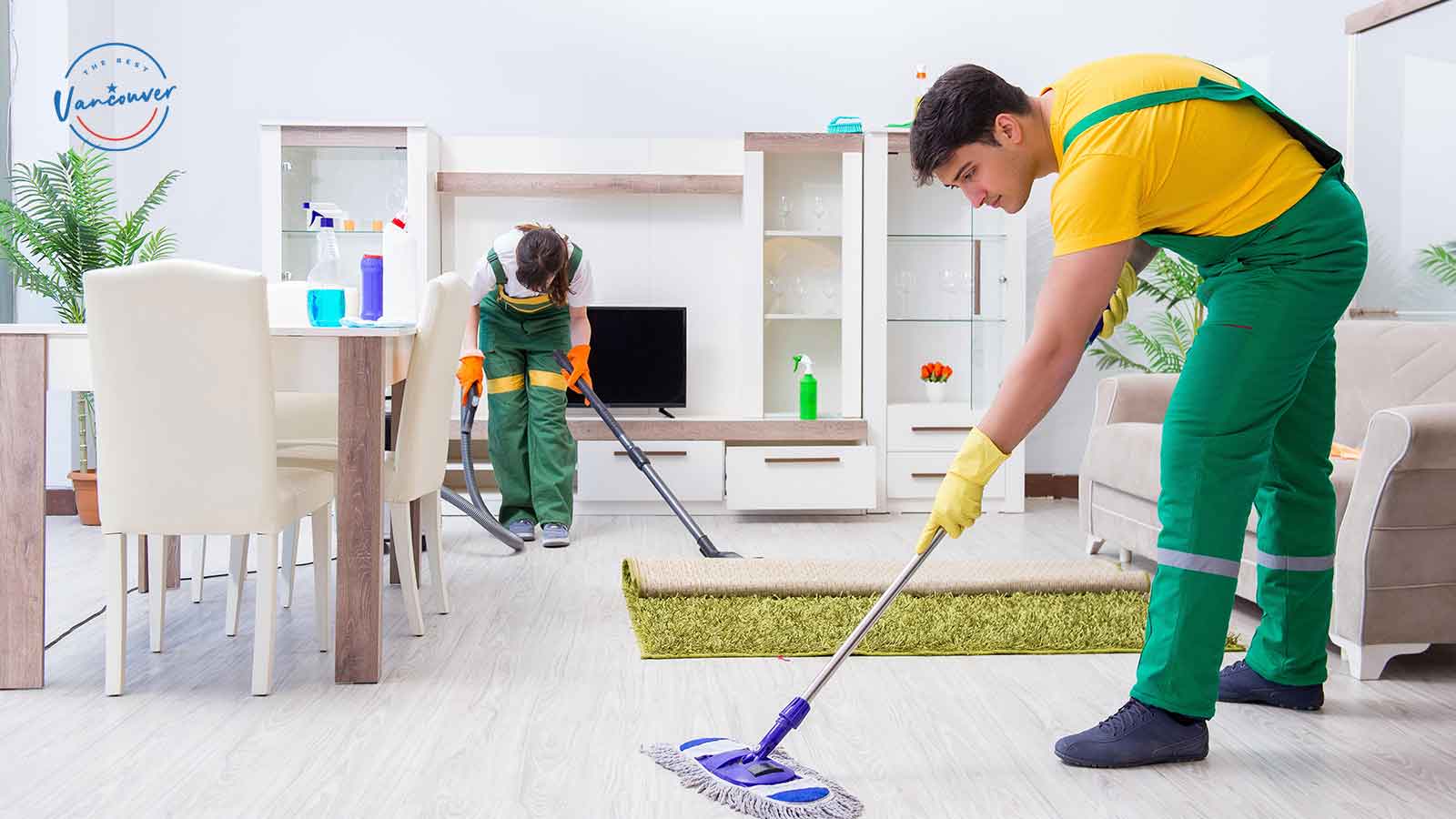Tile and Grout Cleaning: Enhancing the Beauty and Longevity of Your Space
I. Introduction
The cleanliness and maintenance of your tile and grout can greatly impact the overall appearance and longevity of your space. Regular tile and grout cleaning not only enhances the aesthetic appeal but also helps in preventing health issues and increasing the value of your property. In this comprehensive guide, we will explore the importance of tile and grout cleaning, the various techniques for cleaning, and the benefits of professional services. Whether you are a homeowner or a business owner, understanding the best practices for tile and grout cleaning will ensure a healthier and more visually pleasing environment.
II. Understanding Tile and Grout
Tiles are a popular flooring and wall covering option that comes in various materials such as ceramic, porcelain, and natural stone. They are commonly found in kitchens, bathrooms, and other areas that require water resistance and durability. Grout, on the other hand, is a cement-based mixture that fills the gaps between tiles, providing stability and preventing moisture penetration. It is essential to understand the characteristics of tiles and grout to effectively clean and maintain them.
A. What are Tiles?
1. Types of Tiles
Tiles come in different types, each with its own unique properties. Ceramic tiles are made from clay and are known for their durability and affordability. Porcelain tiles, on the other hand, are denser and less porous, making them highly resistant to stains and moisture. Natural stone tiles, such as marble and granite, offer a luxurious and elegant look but require special care due to their porous nature.
2. Common Areas Where Tiles are Used
Tiles are commonly used in high-traffic areas such as kitchens, bathrooms, and entryways. Their water resistance and durability make them an ideal choice for these spaces. Additionally, tiles are also used in commercial settings like restaurants, hotels, and hospitals, where cleanliness and hygiene are of utmost importance.
B. What is Grout?
1. Definition and Purpose of Grout
Grout is a mixture of cement, sand, and water that is applied between tiles to fill the gaps and provide stability. It plays a crucial role in preventing moisture penetration, reducing the risk of mold and mildew growth, and maintaining the structural integrity of the tiled surface.
2. Types of Grout
There are different types of grout available, including sanded, unsanded, and epoxy grout. Sanded grout is commonly used for wider grout lines, while unsanded grout is ideal for thinner grout lines. Epoxy grout is a more durable and stain-resistant option, often used in high-moisture areas. It is essential to choose the right type of grout based on the tile material and the specific requirements of the area.
3. Importance of Maintaining Clean and Well-Sealed Grout
Proper cleaning and sealing of grout are essential to prevent discoloration, mold growth, and deterioration. Over time, grout can become stained and discolored, detracting from the overall appearance of the tiled surface. Regular cleaning and sealing will not only enhance the aesthetic appeal but also extend the lifespan of the grout.
III. Signs of Dirty or Damaged Tile and Grout
Regular inspection of your tile and grout will help identify signs of dirt, damage, or deterioration. It is important to address these issues promptly to prevent further damage and maintain a clean and healthy environment.
A. Discoloration or Staining
One of the most common signs of dirty or damaged tile and grout is discoloration or staining. Over time, dirt, spills, and grime can accumulate on the surface, causing the tiles and grout to lose their original color and shine. Additionally, certain substances, such as red wine or coffee, can leave stubborn stains that are challenging to remove.
B. Mold or Mildew Growth
Moisture and humidity can create an ideal environment for mold and mildew growth. If you notice black or green patches on your grout or a musty odor in the area, it is a clear indication of mold or mildew infestation. Apart from being unsightly, mold and mildew can also pose health risks, especially for individuals with respiratory issues.
C. Grout Deterioration or Cracks
As grout ages, it may start to deteriorate or develop cracks. This can be caused by factors like improper installation, heavy foot traffic, or the use of harsh cleaning solutions. Deteriorated or cracked grout not only compromises the stability of the tiled surface but also allows moisture to seep through, leading to further damage.
D. Dull or Faded Appearance
Tiles and grout that have lost their shine and luster can make the entire space look dull and unappealing. This can be due to years of wear and tear, improper cleaning methods, or the accumulation of dirt and grime in the grout lines. Restoring the original appearance of the tiles and grout can significantly enhance the overall aesthetics of the space.
E. Unpleasant Odors
Persistent unpleasant odors in tiled areas, especially bathrooms and kitchens, can be a sign of trapped moisture, mold, or bacteria. Regular cleaning and proper ventilation are essential to eliminate these odors and maintain a fresh and clean environment.
IV. Benefits of Tile and Grout Cleaning
Investing time and effort into regular tile and grout cleaning offers numerous benefits beyond just a clean and visually appealing space. Let’s explore some of the advantages that come with maintaining clean tiles and grout.
A. Enhanced Aesthetic Appeal
Clean and well-maintained tiles and grout significantly enhance the overall aesthetic appeal of any space. Whether it’s your home or a commercial establishment, a clean and visually pleasing environment creates a positive impression and invites occupants and visitors.
B. Improved Indoor Air Quality
Tiles and grout can harbor allergens, dust, and other airborne particles that can negatively impact indoor air quality. Regular cleaning removes these contaminants, resulting in cleaner and healthier air, especially for individuals with respiratory conditions or allergies.
C. Prevention of Health Issues
Mold, mildew, and bacteria thrive in damp and poorly maintained areas. These microorganisms can trigger allergies, respiratory problems, and other health issues. By regularly cleaning and maintaining your tiles and grout, you can minimize the risk of these health hazards and create a healthier living or working environment.
D. Prolonged Lifespan of Tiles and Grout
Proper cleaning and maintenance help extend the lifespan of your tiles and grout. Regular removal of dirt, grime, and stains prevents them from penetrating the surface and causing irreversible damage. By investing in regular cleaning, you can avoid costly repairs or replacements in the future.
E. Increased Property Value
Clean and well-maintained tiles and grout can significantly increase the value of your property. Whether you are planning to sell or rent your space, potential buyers or tenants are more likely to be attracted to a clean and visually appealing environment. Regular tile and grout cleaning is an investment that pays off in terms of property value.
Continue to Part II…


:max_bytes(150000):strip_icc()/GettyImages-1327576000-010986211f2f46f28e1a32615da231f8.jpg)
